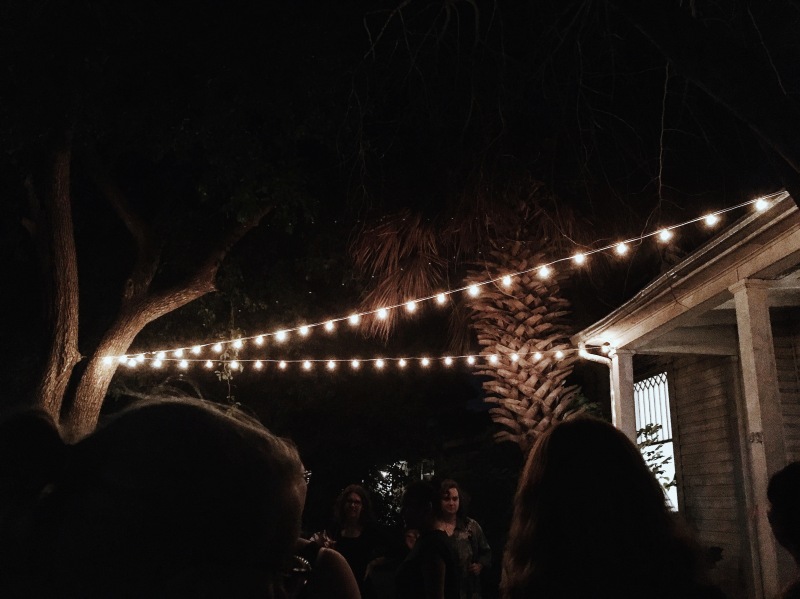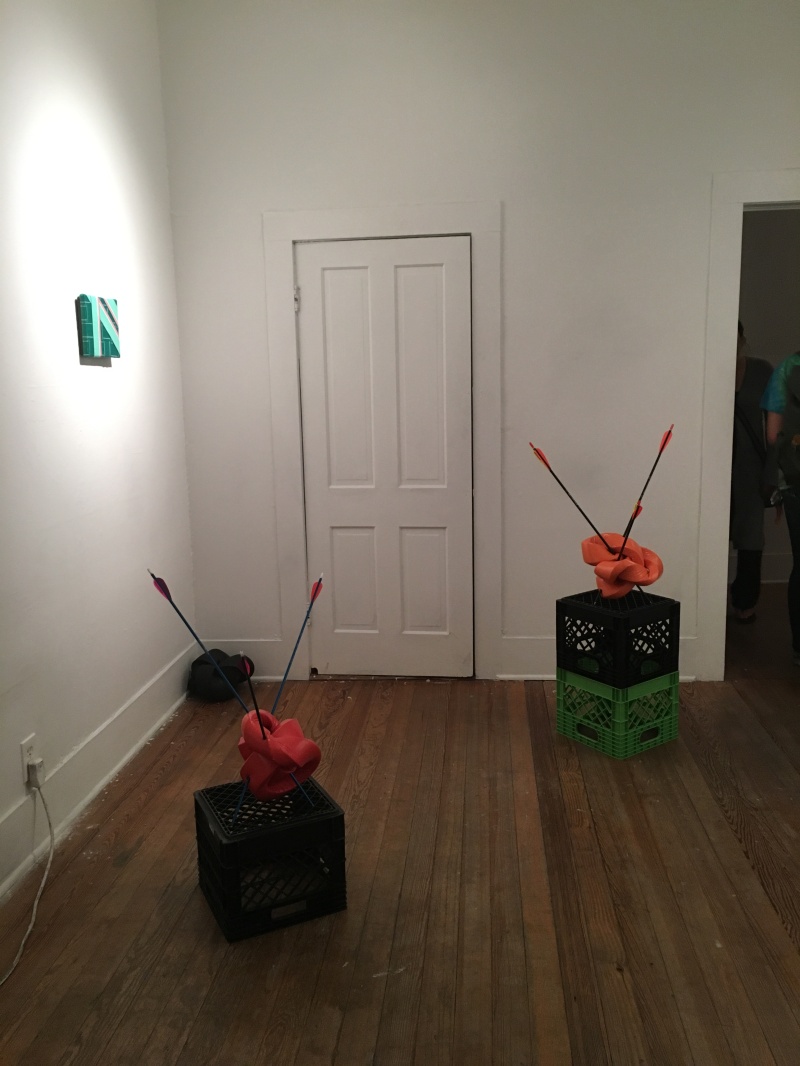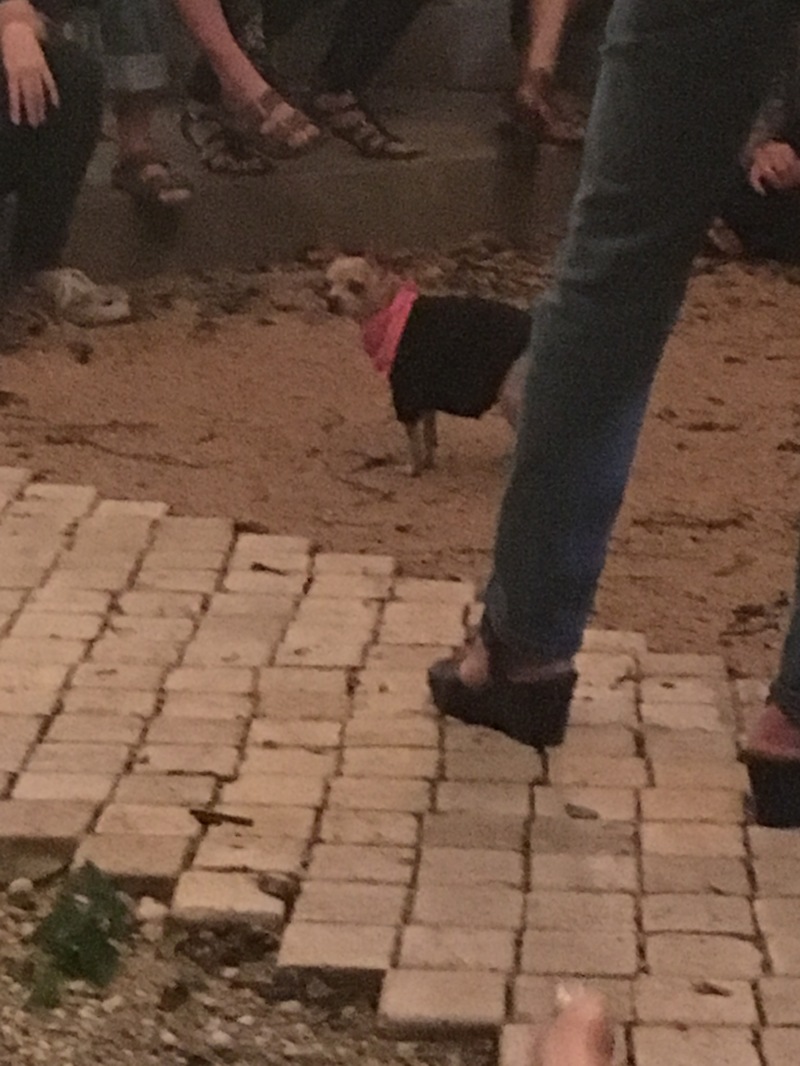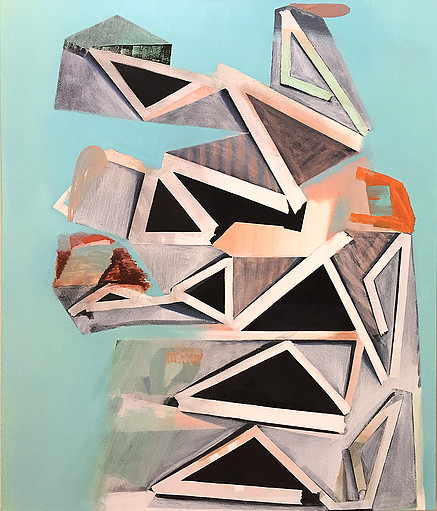I found it interesting that this past Tuesday we had the opportunity to speak to artists in their natural habitat. At Artpace in San Antonio, our class walked into a gallery in progress as they all worked vigorously to complete their works of art that would belong to the space for a couple of months. It is easy to go to a gallery, ponder the art, and come to ones own conclusion of what a piece may mean, or how it expresses a train of thought. A viewer comes to assume what the artist was trying to convey or what their inspiration might’ve been, however at Artpace we got to hear about each individual artist in what they were doing, how they were doing it, and where they drew inspiration from.
It’s the interaction of thought; the relationship between people and art that develops over time that i find very interesting. The function of art, what the artist is trying to do or express through it, is very thought provoking. When looking at artworks, a viewer asks him or herself why the work looks the way it does, but in this case we didn’t have to really ponder the exchange of ideas from the brain to canvas. In each gallery we had three separate people working in their spaces and got to talk about what they were doing.
One artist spoke of the temporal value of her works because she likes to see what it can do in an experimental aspect with falling water colors on a set of canvases. Another artist expressed her love for the diversity of people in her works that show a conglomeration of different individuals. Lastly, our final artist discussed time and material value, history and the present running parallel with her gallery space. Let these be prime examples of how expansive creativity spreads out in artists who try to bring to life what they think and feel through their art.
Its a testimony to how different they are from one another. It was a rare opportunity to get that chance to talk to the artists and see the behind the scenes look of a mess of tools, paints and materials scattered in a chaotic, cluster mass prior to the opening night this thursday.








